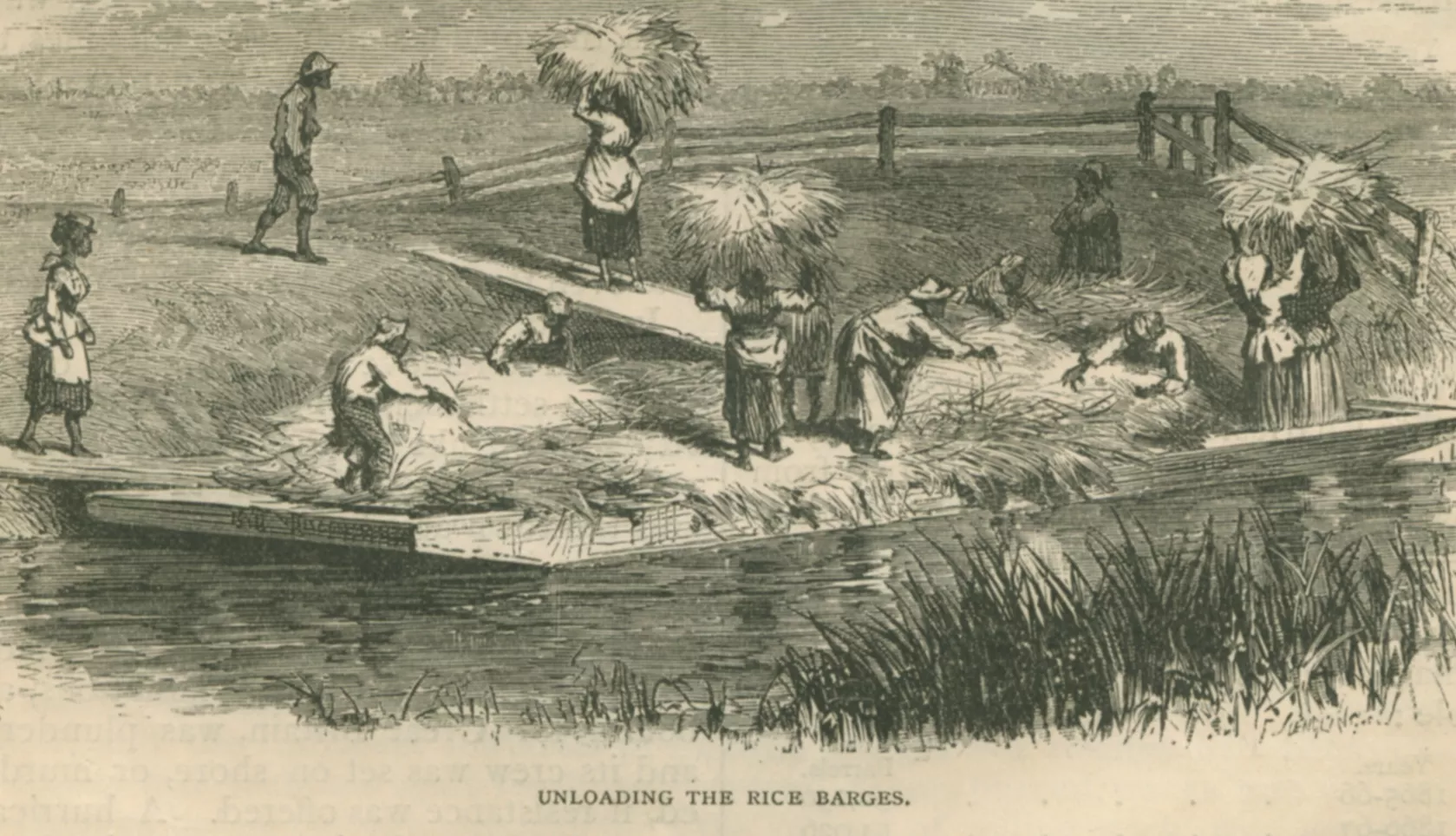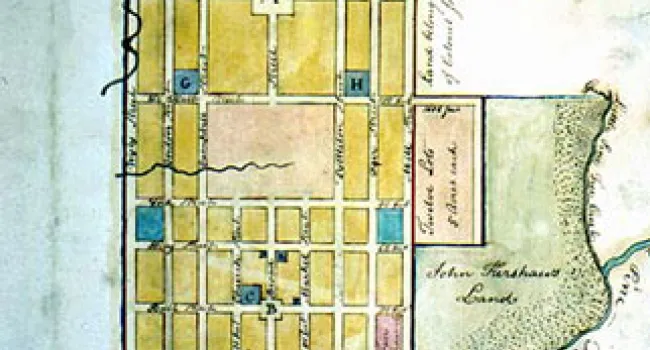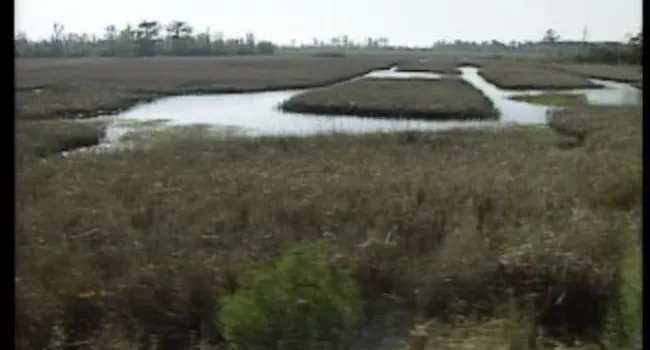
Pirates of the Carolinas
Episode
1
Video
The adventures and exploits of pirates and buccaneers have long captured our imaginations. These sea bandits roved the ocean lanes in all parts of the world, from the waters off Africa and Europe and...








